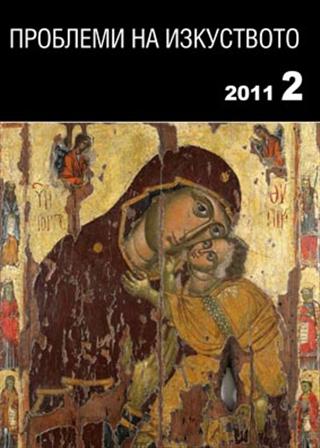À propos du moule métallique des reliures des évangéliaires du Musée archéologique national de Sofia
Remarks on the Decoration of the Metal Mould for Forging Gospel Covers from the National Archaeological Museum of Sofia
Author(s): Athanassios SemoglouSubject(s): Archaeology
Published by: Институт за изследване на изкуствата, Българска академия на науките
Summary/Abstract: In this paper we try to reconsider the dating of the metal mould for forging gospels, which is part of the collection preserved in the national institute of Archaeology with Museum in the bulgarian Academy of sciences in Sofia. Till now the work whose provenance remains unknown was attributed to the 14th century. We focus on the exceptional depiction of the new testament allegory as a young woman encircled in a mandorla supported by two angels in the upper part of the descent to Hell in the one of the two leaves of the mould, a composition destined to decorate the front cover of the gospel. The incorporation of the new testament allegory in the Anastasis composition seems to be a post-byzantine innovation which is found similarly in a group of churches in north-west greece during the 16th century, such as the catholicon of Molivdoskepastos in Epirus (1521-1537), the catholicon of diliou monastery in ioannina (1543), the catholicon of Hosios nicanor in Zavorda of grevena (1542-1548) and the other one of Varlaam in Meteors (1548). This original iconography inspired from the paleologean painting enlarges the eschatological character of the Anastasis expressing the „new time”, a notion relating to the Apocalypse –a desire that was of most concern to the Christians under the ottoman rule. However, according to our data, the 16th century should be defined as a post – quem for the date of the metal mould of the national Museum in Sofia. Moreover, its post-byzantine dating even in the more advanced period (at the end of the 17th or the beginning of the 18th century) could be supported by the rich decorative style combined with the classic aspect of the figures, an artistic phenomenon revived during this period.
Journal: Проблеми на изкуството
- Issue Year: 2011
- Issue No: 2
- Page Range: 39-41
- Page Count: 3
- Language: French
- Content File-PDF

